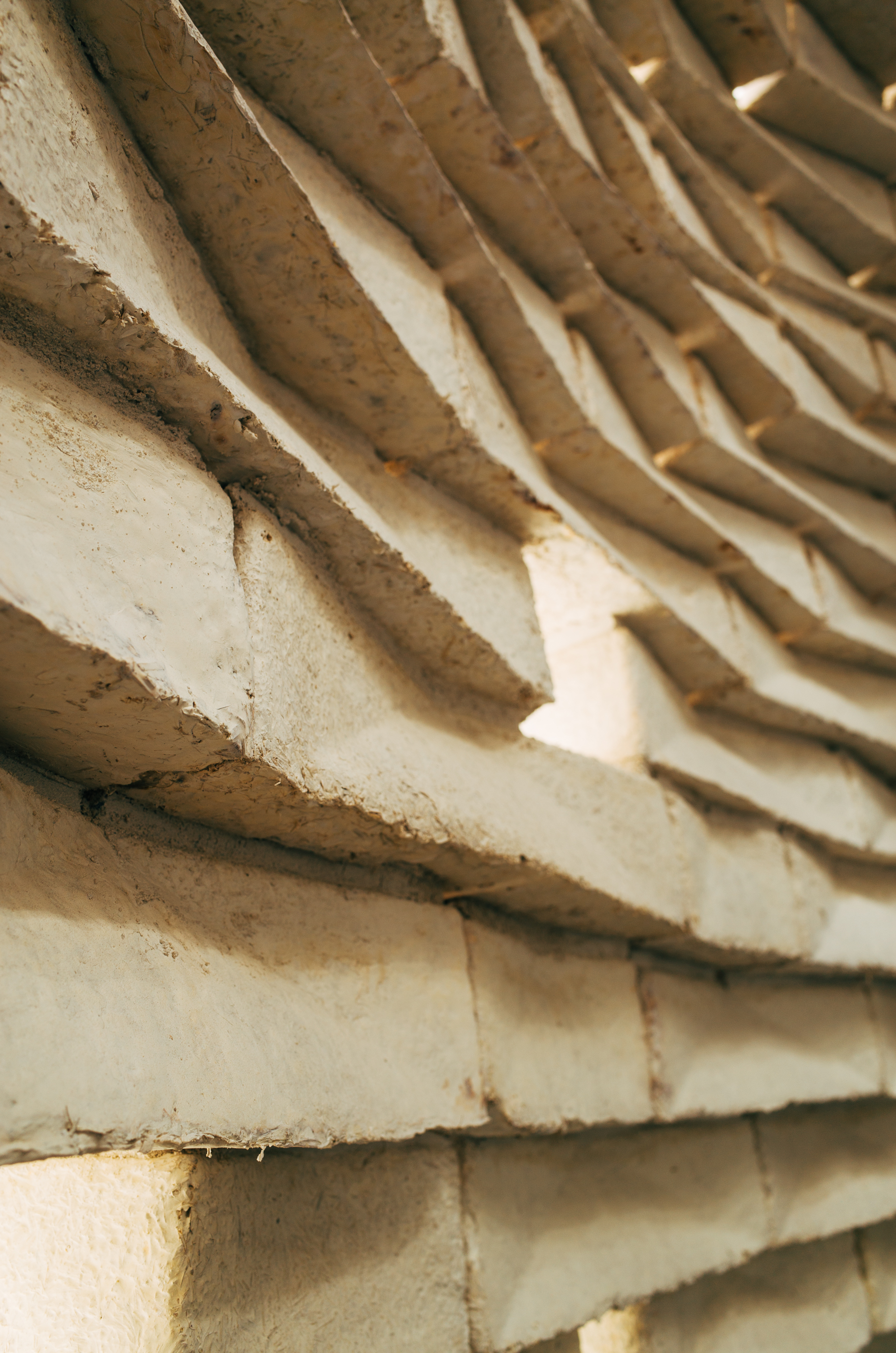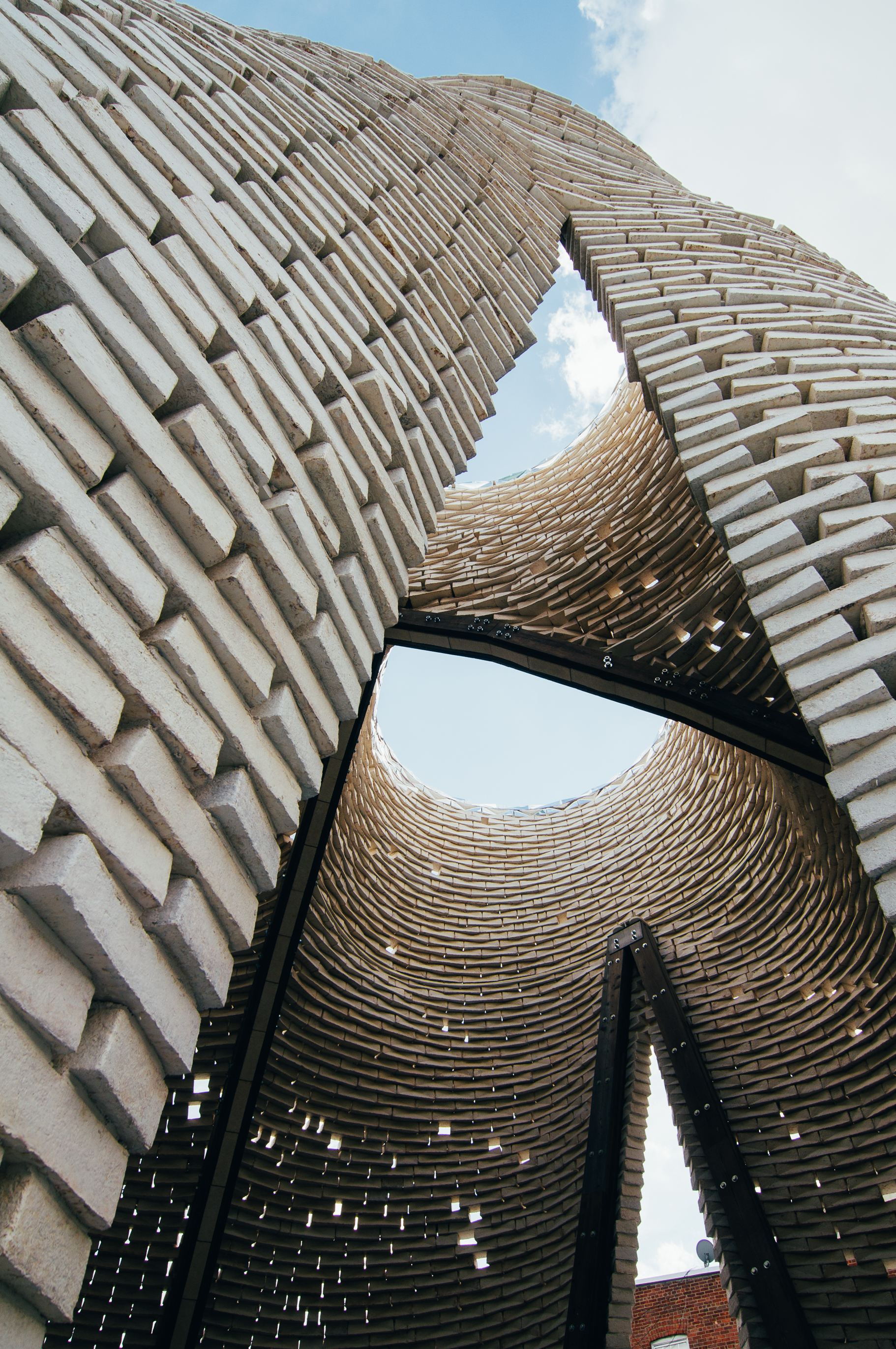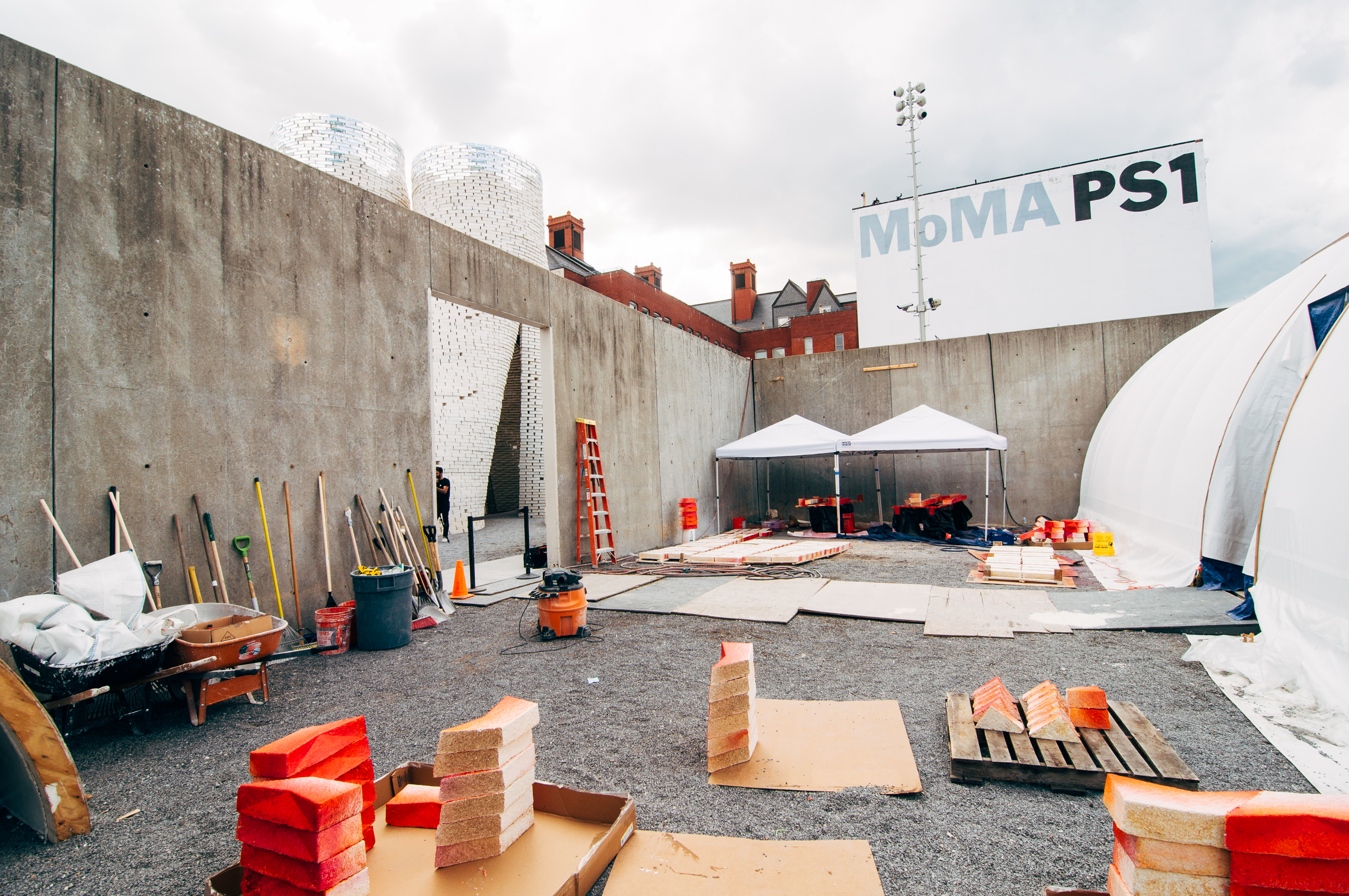Photos by Andrew NunesSince 2000, the Museum of Modern Art and MoMA PS1's Young Architects Program (YAP) has sowed the grounds for the best and brightest emerging minds in architecture and design to create new and innovative projects that stretch the limits of sustainability and environmentally-minded urban construction. This year's winner, The Living architects, under the auspices of principal, David Benjamin, dazzled the YAP's selection panel with Hy-Fi, a locally-sourced, virtually wasteless, and algorithmically-generated biostructure set to make its debut in the courtyard of MoMA PS1 in anticipation of their 2014 Warm Up summer music series. We went behind-the-scenes of Hy-Fi and spoke with creator David Benjamin about his unprecedented triumph in environmentally-minded, structurally-sound bio-design.
Advertisement


Advertisement
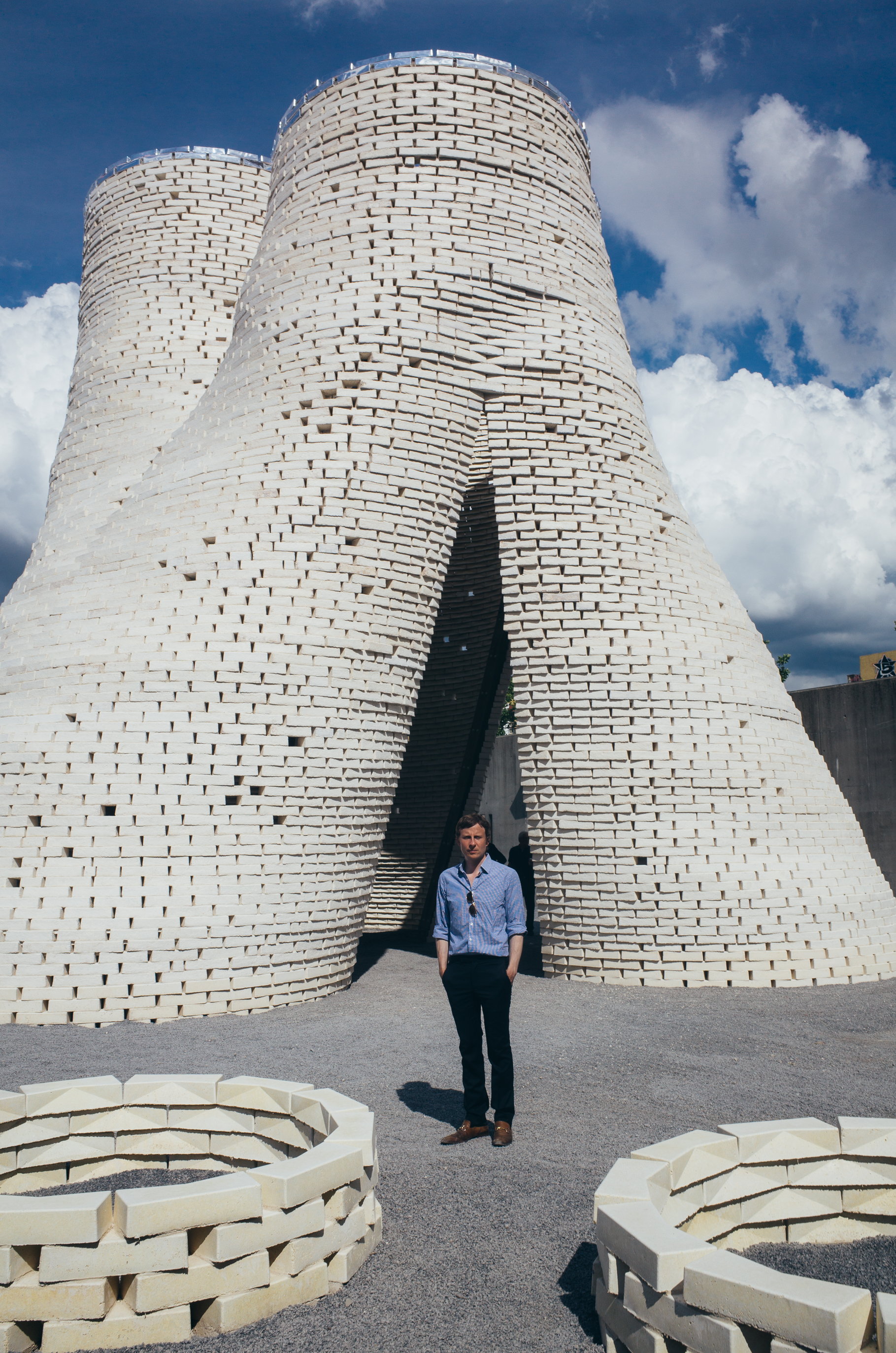
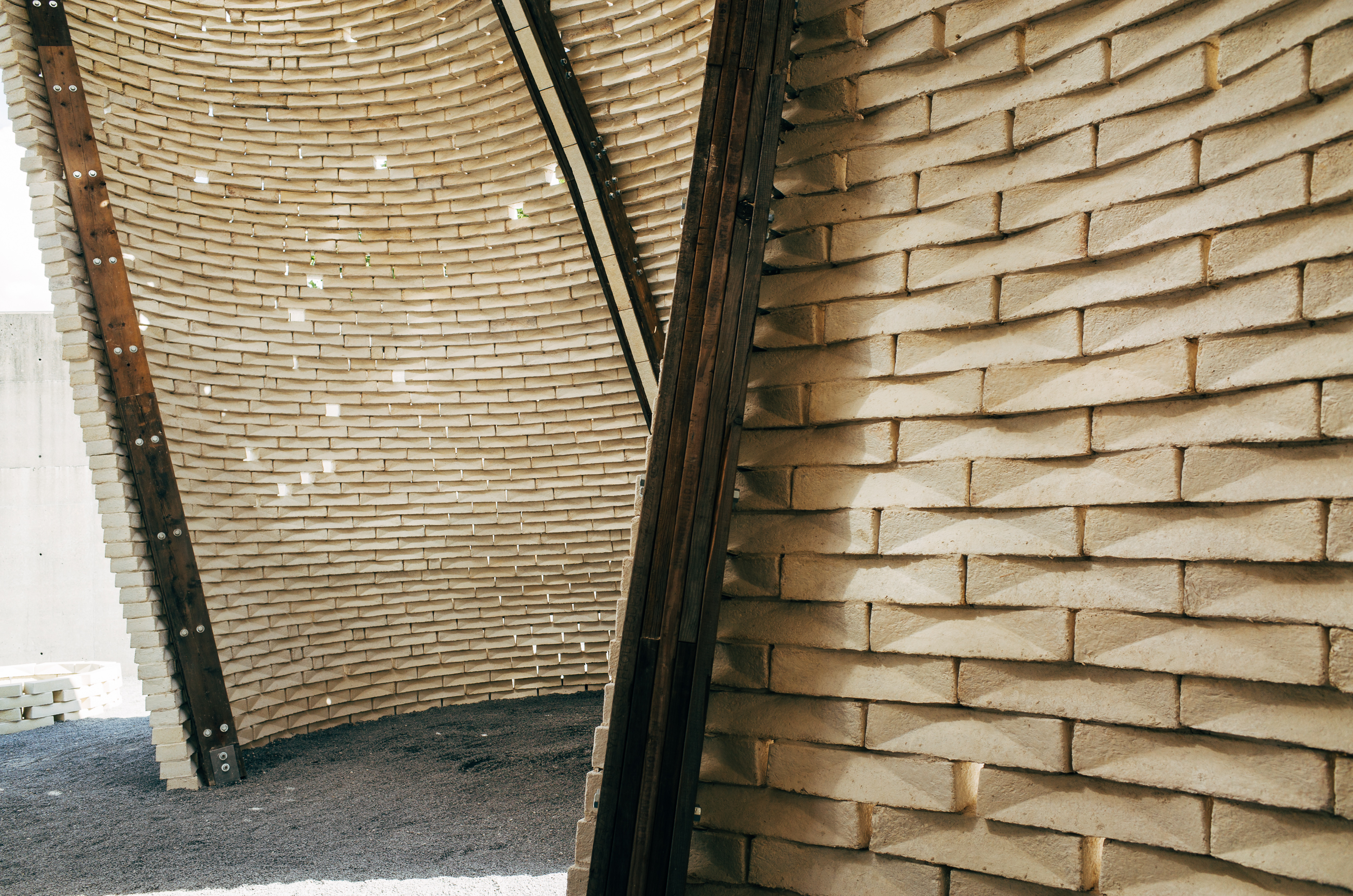
Advertisement
